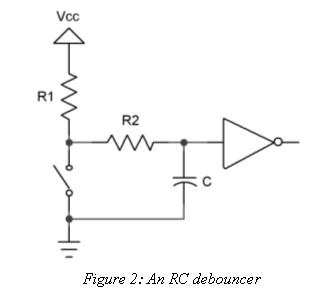Other Parts Discussed in Thread: UNIFLASH
Tool/software: Code Composer Studio
How can I erase my microcontroller? I believe I have locked up my device. And the bad program code may be preventing the JTAG communication.
I am using an XDS100 V2.
The complete error message is:
Error connecting to the target:
(Error -1170 @ 0x0)
Unable to access the DAP. Reset the device, and retry the operation. If error persists, confirm configuration, power-cycle the board, and/or try more reliable JTAG settings (e.g. lower TCLK).
(Emulation package 6.0.628.1)
The following line of code was added and ran during a debug session. The micro cannot be debugged afterwords:
clkFreq = SysCtlClockFreqSet(SYSCTL_USE_PLL | SYSCTL_XTAL_25MHZ | SYSCTL_OSC_MAIN, 50000000);
I have recreated this issue on a second device. Both devices successfully launched a debug session, and failed to connect afterwords.
The subsequent code blinked an LED on the board. The LED blinking code never runs. It ran with the following line of code:
SysCtlClockSet(SYSCTL_SYSDIV_5|SYSCTL_USE_PLL|SYSCTL_XTAL_16MHZ|SYSCTL_OSC_MAIN);
This is counter intuitive because the Tiva guide says "This function should only be called on TM4C123 devices. For all other devices use the SysCtlClockFreqSet() function." Interesting that the function you said not to use works fine...
Is CCS the only application that works with XDS100 V2? I would like a simple interface for manufacturing to flash devices. The smartRF programmer apps don't interface with XDS100v2.



